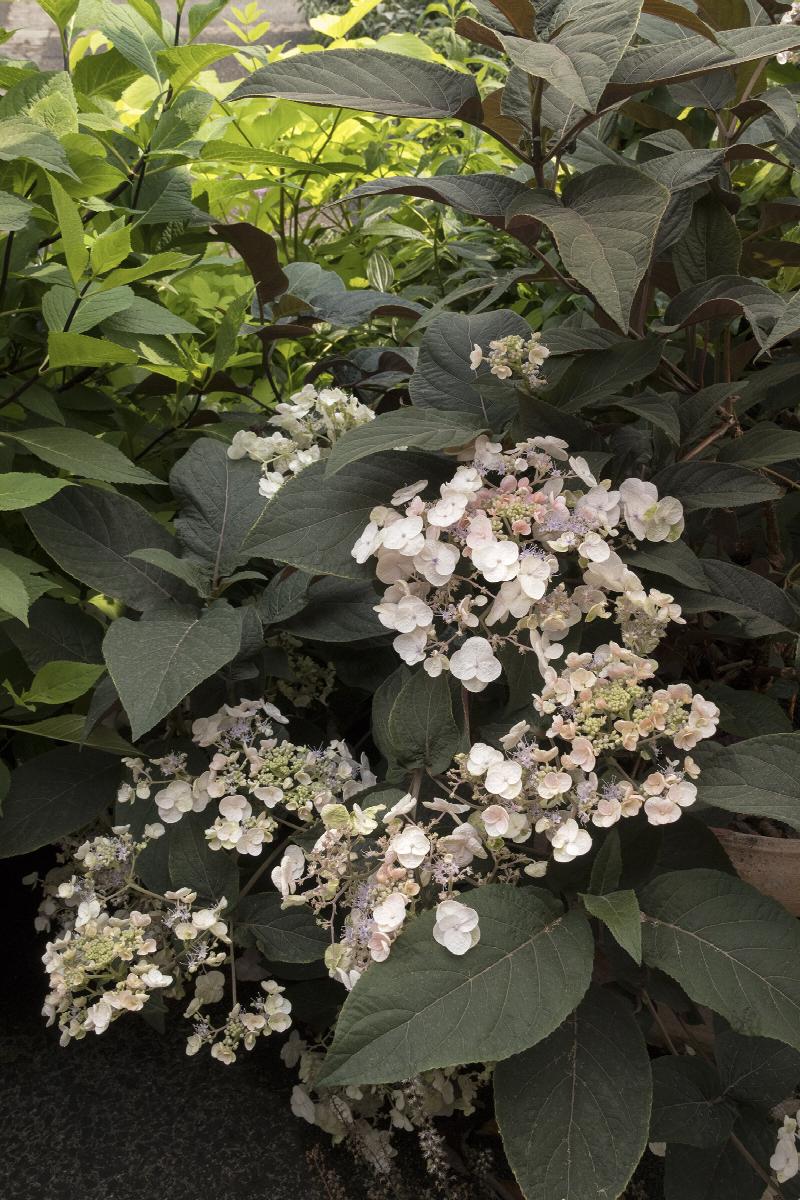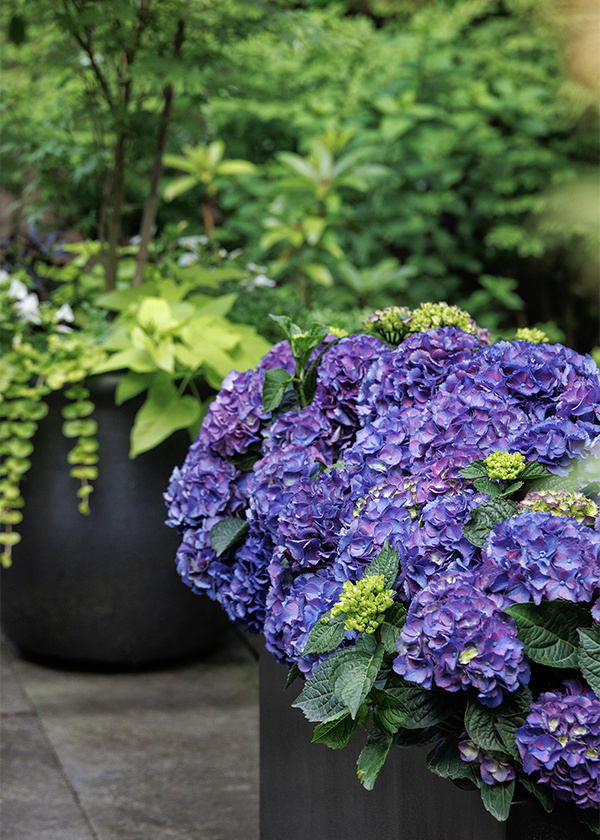Plum Passion Hydrangea: The Ultimate Guide To Growing And Caring For This Stunning Flower
Plum Passion Hydrangea: The Ultimate Guide to Growing and Caring for This Stunning Flower
Plum Passion Hydrangea is a stunning shrub that is known for its beautiful purple foliage and lacecap flowers. It is a relatively easy plant to grow, but there are a few things you need to know to keep it healthy and happy.
In this guide, we will discuss everything you need to know about growing and caring for Plum Passion Hydrangea. We will cover topics such as:
- Choosing the right location
- Planting and fertilizing
- Watering and pruning
- Overwintering
- Pests and diseases
We will also provide some tips for troubleshooting common problems. By the end of this guide, you will be an expert on growing Plum Passion Hydrangea!
Choosing the right location
Plum Passion Hydrangea is a shade-loving plant, so it is important to choose a location that receives partial to full shade. If you live in a hot climate, you may want to plant it in a spot that gets morning sun and afternoon shade.
The soil should be well-drained and slightly acidic. If your soil is alkaline, you can add some peat moss or pine needles to acidify it.
Planting and fertilizing
Plum Passion Hydrangea can be planted in the spring or fall. When planting, dig a hole that is twice as wide as the root ball. Backfill the hole with soil and water well.
Fertilize Plum Passion Hydrangea in the spring and fall with a balanced fertilizer. You can also use a fertilizer specifically designed for hydrangeas.
Watering and pruning
Plum Passion Hydrangea needs regular watering, especially during the first year after planting. Once the plant is established, it can tolerate some drought.
Prune Plum Passion Hydrangea in the spring after the flowers have faded. You can remove any dead, diseased, or damaged branches. You can also prune the plant to shape it.
Overwintering
In cold climates, Plum Passion Hydrangea may need to be protected from the cold. You can do this by covering the plant with a burlap sack or other protective material.
Pests and diseases
Plum Passion Hydrangea is generally a pest- and disease-resistant plant. However, it can be susceptible to aphids, scale, and powdery mildew. If you see any pests or diseases on your plant, you can treat them with insecticidal soap or neem oil.
Troubleshooting
If your Plum Passion Hydrangea is not doing well, there are a few things you can check:
- Is the plant getting enough water?
- Is the plant in the right location?
- Is the soil pH correct?
- Are there any pests or diseases?
If you have checked all of these things and the plant is still not doing well, you may need to consult with a gardening expert.
Conclusion
Plum Passion Hydrangea is a beautiful and easy-to-grow shrub that can add a touch of elegance to any garden. By following these tips, you can keep your plant healthy and happy for years to come.
Plum passion hydrangea is a stunning shrub that is sure to add a touch of beauty to any garden. The flowers are a deep plum color that fades to a lighter pink as they age. They bloom in late spring and early summer, and can reach up to 6 feet tall. Plum passion hydrangea is a relatively easy plant to care for, and it is drought-tolerant once established.
If you are interested in learning more about plum passion hydrangea, I recommend visiting . This website has a wealth of information about the plant, including care instructions, planting tips, and more. You can also find photos of the plant in bloom, so you can see for yourself how beautiful it is.
FAQ of plum passion hydrangea
Q: What is a Plum Passion Hydrangea?
A Plum Passion Hydrangea is a type of hydrangea that is known for its deep purple flowers. It is a deciduous shrub that can grow up to 6 feet tall and wide. Plum Passion Hydrangeas are hardy in USDA zones 5-9 and prefer full sun to partial shade. They bloom in the summer and fall.
Q: How do I care for a Plum Passion Hydrangea?
Plum Passion Hydrangeas are relatively easy to care for. They need well-drained soil and regular watering. They should be fertilized in the spring and fall. Plum Passion Hydrangeas are also susceptible to powdery mildew, so it is important to keep them well-ventilated.
Q: What is the best way to prune a Plum Passion Hydrangea?
Plum Passion Hydrangeas should be pruned in the spring, before new growth begins. Prune back the old stems to just above a pair of healthy buds. You can also remove any dead, diseased, or crossing stems.
Q: What are the different colors of Plum Passion Hydrangea flowers?
The flowers of Plum Passion Hydrangea can vary in color from deep purple to light pink. The color of the flowers is determined by the pH of the soil. In acidic soil, the flowers will be more purple. In alkaline soil, the flowers will be more pink.
Q: Where can I buy a Plum Passion Hydrangea?
Plum Passion Hydrangeas are available at many garden centers and online retailers.


Post a Comment for "Plum Passion Hydrangea: The Ultimate Guide To Growing And Caring For This Stunning Flower"